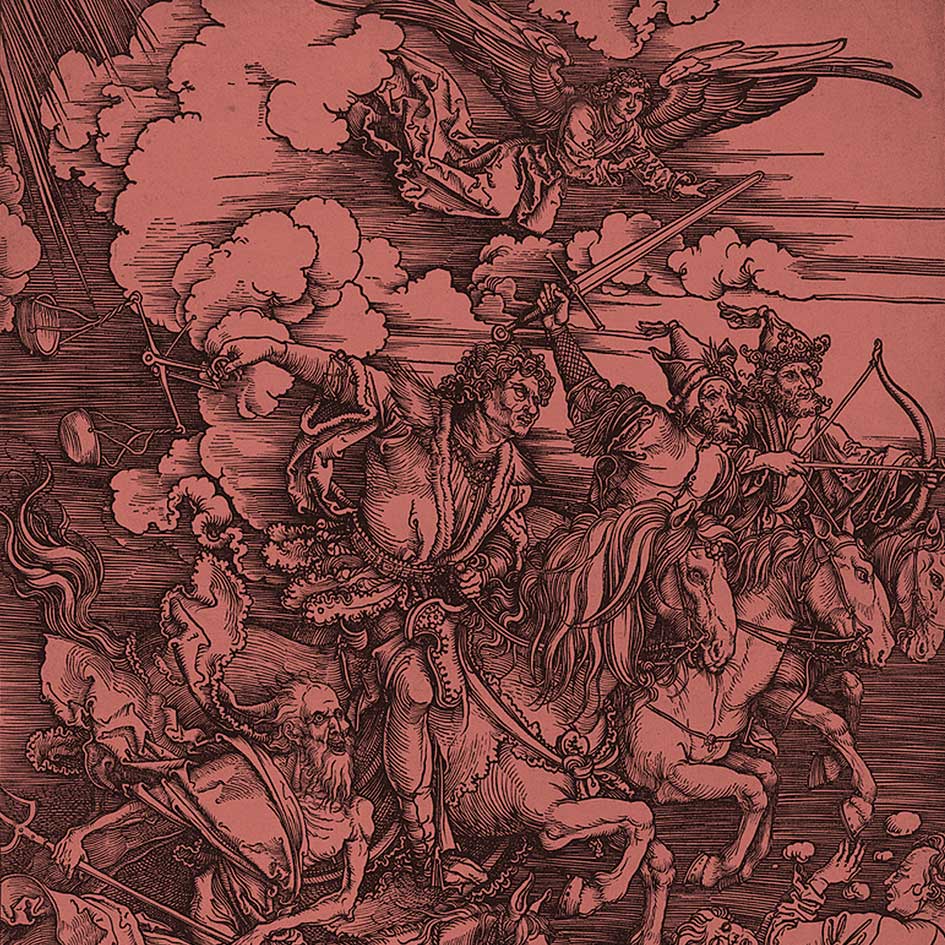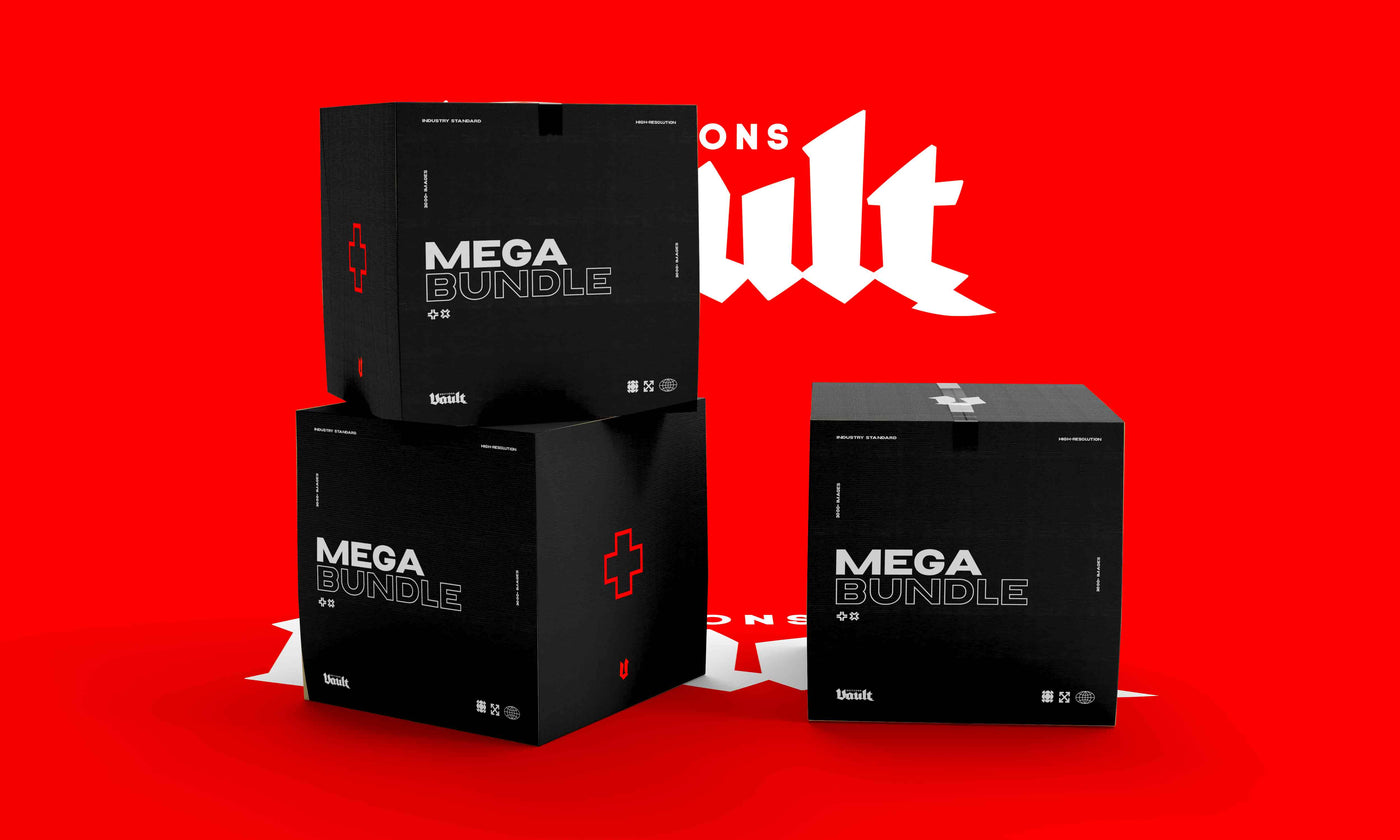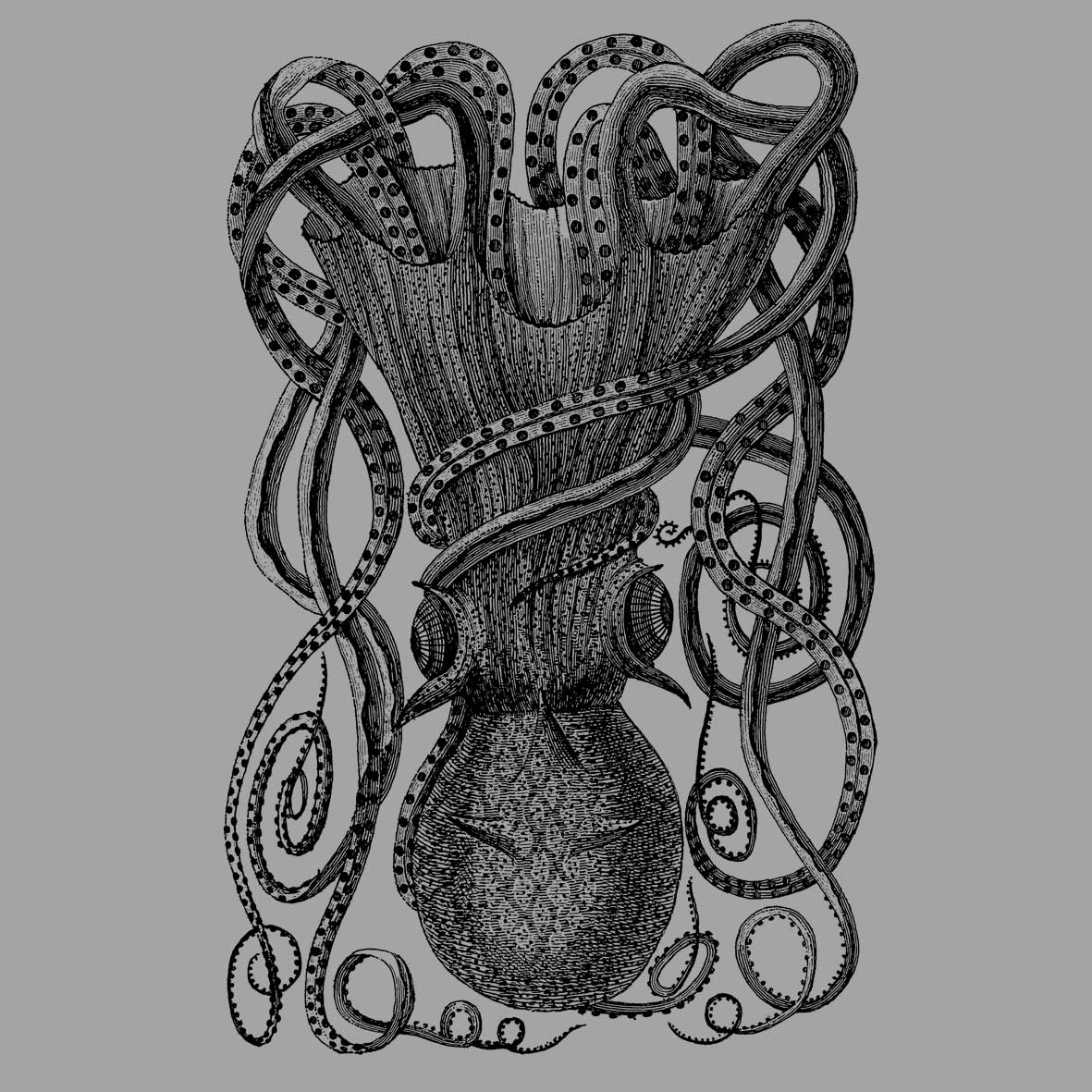What Is Woodblock Printing?
Woodblock printing is a medium that has been used for centuries to create art, signage, and prints. As the name suggests, it involves carving an image or pattern into a block of wood, which is then inked and used to print onto paper or fabric.
Woodblock printing was first used in China to print on paper and cloth. China's earliest surviving examples of cloth prints date to about 220 AD. By the 7th Century, Buddhists were using woodblocks to create religious documents. The practice spread to Korea, Japan, India and the Islamic world, where it was used to print religious passes from the Quran and hadith. Japanese woodblock printing, which includes the technique Ukiyo-e, became a highly refined art form by the 17th century. You may recognise the woodcut print '
The Great Wave off Kanagawa' by
Katsushika Hokusai as a famous example of the genre.
Woodblock printing reached Europe in the 14th century, where it was known as woodcut printing. It was mainly used to print on cloth for religious purposes and gained widespread popularity in the 16th century. Block-books (woodcut books with both text and images) emerged around the mid-15th century as an alternative to manuscripts or books printed with movable type; they consisted of short, heavily illustrated works such as the Ars moriendi and Biblia pauperum (Pauper's Bible) below. Today, woodblock printing is still practised by artists and printmakers worldwide.
How Did Printing Innovation Change Lives?
Woodblock printing changed the shape and structure of books, introducing concertina binding and whirlwind binding. Butterfly binding was developed around 1000 A.D., allowing two mirrored images to be printed on a single sheet, creating codexes (early books) with alternate openings of printed pages backed by blank ones. This is an example of a cookbook called
Yin shan zheng yao. It was first published in 1330. The original manuscript is lost, and modern editions are based on the
Ming dynasty edition published in 1456.
By the end of the 16th century, woodblock printing had reduced book prices by 90%, leading to increased literacy across southern China - even among village children, ferrymen and sailors. Despite this rise in print works, hand-copied manuscripts remained commercially viable because they had gained new cultural value among elitist scholars and collectors who considered manuscripts far superior to prints as they were deemed for true book aficionados only.
How Can I Make A Woodblock Print?
Woodblock printing is an art form that requires skill and patience. The process begins by selecting the correct type of wood, which is flat and free from imperfections. Plywood or MDF are good options for the modern printer; read more about wood selection options here.
Transfer the design you want to print onto the surface of the block by drawing directly onto the wood or by pasting a sketch. Bear in mind that the final print will be a reverse of the design you apply to the wood.
Now it's time to start cutting out the design. A professional block cutter will use a number of tools including a chisel, gouge, or knife to remove sections of the block that will not receive ink. When the ink is applied to the block, it will only cover the raised areas, leaving the blank recessed sections untouched.
Once the block is free of splinters and debris, it's ready to be printed. Place the block on the bed of a press and layer a sheet of dampened paper onto the block's inked surface. While some early relief prints were made by simply pressing the paper against the block with a hand, using a press ensures consistent ink distribution.
Interested in Learning More?
Are you a tattoo artist, graphic designer or illustrator looking for a comprehensive collection of animal imagery for drawing references or tattoo flash designs? Do you want over 600+ high-resolution downloadable images for graphics projects or digital collages? If so, this book is for you.
This pictorial archive is a unique collection of rare 18th and 19th-century engraving and etchings. We've curated and restored 627 beautiful high-resolution images of lions prowling, tigers fighting, pumas stalking, hyenas hunting, deer rucking, bats, snakes, bison, antelope, eagles, swallows, owls, elephants, hippopotamus, walruses, apes, monkeys, marsupials, rodents, octopus, bears, rabbits, giant anteaters plus an extensive collection of animal skeletons and so much more. We're confident this book has the animal reference material you need.
Image Download Included:
Each book comes with a unique download link providing instant access to high-resolution files of the 627 images featured. These images can be used for tattoo designs, art and design projects, or printed and framed to make beautiful decorative artworks for your home or studio. A complimentary download of the Vault Editions Skulls and Anatomy sample pack is also included.









